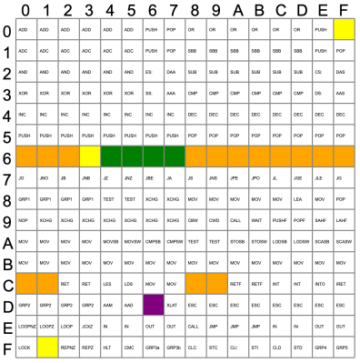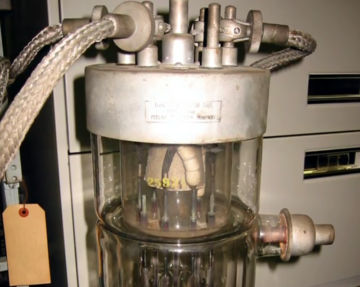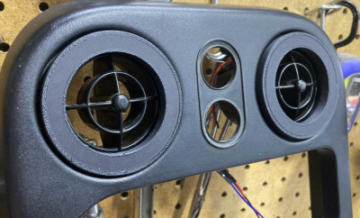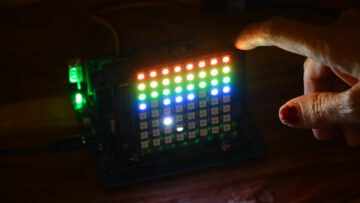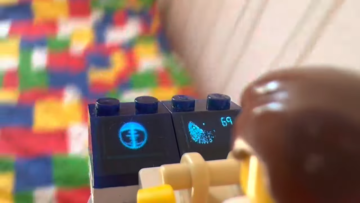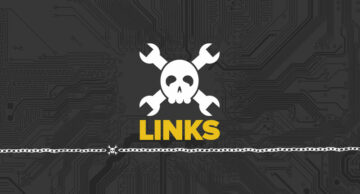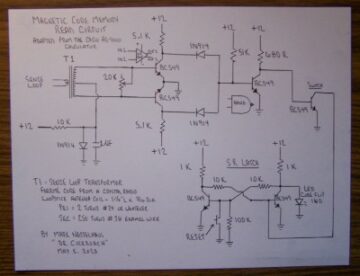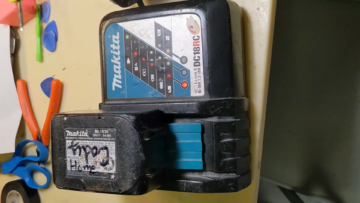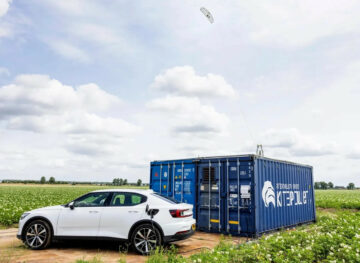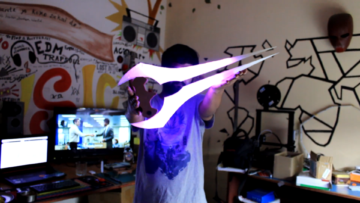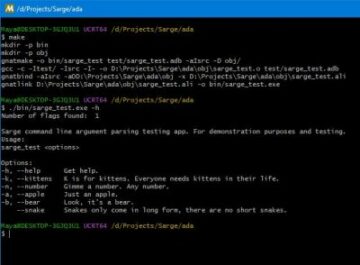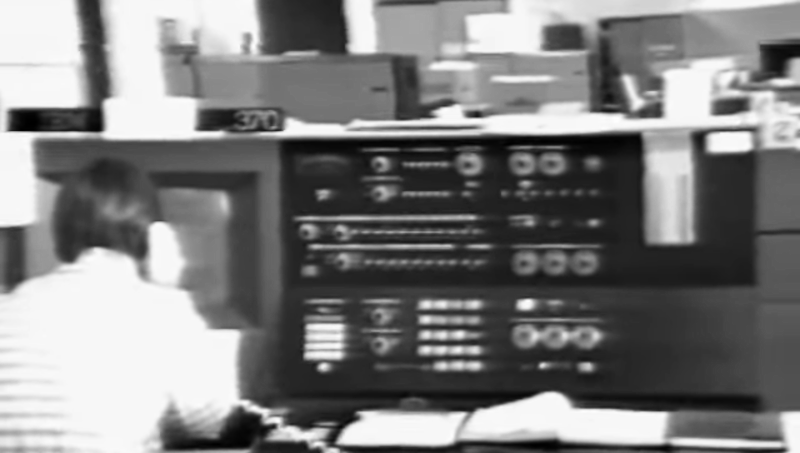
You might expect Bell Labs would have state-of-the-art computers, and they did. But it is jarring to realize just how little that was in 1973, fifty years ago. If you started work at Bell’s Holmdel Computing Center back then, you might have watched one of the orientation videos below. Your first clue about how far things have come might be the reference to the IBM 370/165, which had “3 million bytes of core, 2 million of which are available for programmer use.” Even our laptops today have at least 8 gigabytes of RAM. There were at least two other smaller IBM 370s, too. Plenty of 029 card punches are visible.
If you were trying to run something between 8:00 AM and 5:30 PM, you had to limit your job run time to three minutes, 4,000 lines of output, and no more than 1,000 cards in and 5,000 cards out. Oh, and don’t use more than 384 kB of that core memory, either. If you fell within those limits, you could hand your card deck over at the express counter and get your results in only five or ten minutes. If you were not in the express line but still rated “premium” service, you could expect to wait a half hour.
The main desk had a card reader that could read 200 80-column cards a minute. The cards didn’t directly feed the computer, though. They were written to a hard drive for later processing by the computer. If you needed a lot of storage, though, you opted for magnetic tape. The tapes could hold a whopping 1,600 bytes per inch. The blistering tape data transfer speed was 320 kB/s. Latency could be a problem, though, since a nice lady had to find your tape and put it on a counter for an operator to load onto a tape drive.
The disk drives were cool for 1973 if you could handle the $80,000 price tag, although most companies leased them. Since the video was made in 1973, we assume this was the older disk packs that held about 100 MB of data, although later units could store 200 MB per disk pack. The 11.2 MB fixed disks were much faster.
The computing center generated 2.8 million lines of printouts on about 1,000 pounds of paper a day. They also punched about 40,000 cards a day. But that was all batch processing.
The real modern computer was a timeshare system centered around an IBM 370/155. It only had 2 MB of core, half of which was “low-speed” memory. The computer could do APL, word processing, and even picture phone calls.
Can’t get enough of the old computer video? Then check out part 2 of the video, too. There, you’ll see the 1973 equivalent of Stack Overflow — a real library with librarians. They could help you write code in Assembly, FORTRAN, PL/I, APL, SNOBOL, SPITBOL, and more. We can’t really say we miss these days, although having someone entering your data for you seems like a nice luxury.
If the IBM 370 is too modern for you, there’s always the 360. If card punching is your thing, you can read more about it and even punch your own virtual cards.
- SEO Powered Content & PR Distribution. Get Amplified Today.
- PlatoData.Network Vertical Generative Ai. Empower Yourself. Access Here.
- PlatoAiStream. Web3 Intelligence. Knowledge Amplified. Access Here.
- PlatoESG. Automotive / EVs, Carbon, CleanTech, Energy, Environment, Solar, Waste Management. Access Here.
- BlockOffsets. Modernizing Environmental Offset Ownership. Access Here.
- Source: https://hackaday.com/2023/07/25/retrotechtacular-the-computer-center-of-1973/
- :is
- :not
- 000
- 1
- 100
- 11
- 200
- 30
- 320
- 40
- 8
- a
- About
- about IT
- ago
- All
- also
- Although
- am
- an
- and
- ARE
- around
- Assembly
- assume
- At
- available
- back
- BE
- Bell
- between
- but
- by
- Calls
- CAN
- card
- Cards
- Center
- centered
- check
- code
- come
- Companies
- computer
- computers
- computing
- content
- Cool
- Core
- could
- Counter
- data
- day
- Days
- desk
- DID
- directly
- do
- Dont
- drive
- drives
- either
- embedded
- enough
- entering
- Equivalent
- Even
- expect
- express
- far
- faster
- fifty years
- Find
- First
- five
- fixed
- For
- generated
- get
- had
- Half
- hand
- handle
- Hard
- hard drive
- Have
- having
- Held
- help
- hold
- hour
- How
- HTTPS
- IBM
- if
- in
- IT
- Job
- just
- Labs
- lady
- laptops
- Latency
- later
- least
- Library
- like
- LIMIT
- limits
- Line
- lines
- little
- load
- Lot
- Luxury
- made
- Main
- Memory
- might
- million
- minute
- minutes
- Modern
- more
- most
- much
- needed
- nice
- no
- of
- oh
- Old
- older
- on
- ONE
- only
- onto
- operator
- or
- Other
- our
- out
- output
- over
- own
- Pack
- Packs
- Paper
- per
- phone
- phone calls
- picture
- plato
- Plato Data Intelligence
- PlatoData
- Plenty
- pounds
- price
- Problem
- processing
- Programmer
- punch
- put
- RAM
- rated
- Read
- Reader
- real
- realize
- really
- reference
- Results
- Run
- say
- see
- seems
- service
- since
- smaller
- Someone
- something
- speed
- stack
- started
- state-of-the-art
- Still
- storage
- store
- system
- TAG
- ten
- than
- that
- The
- Them
- then
- There.
- These
- they
- thing
- things
- this
- those
- though?
- three
- time
- to
- today
- too
- transfer
- true
- two
- units
- use
- Video
- Videos
- Virtual
- visible
- wait
- was
- we
- were
- which
- with
- within
- Word
- Work
- would
- write
- write code
- written
- years
- you
- Your
- youtube
- zephyrnet

